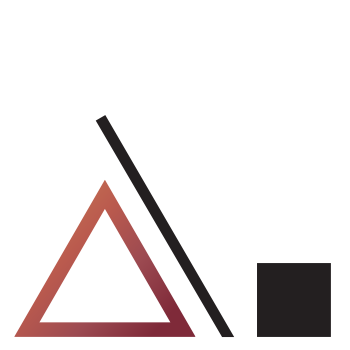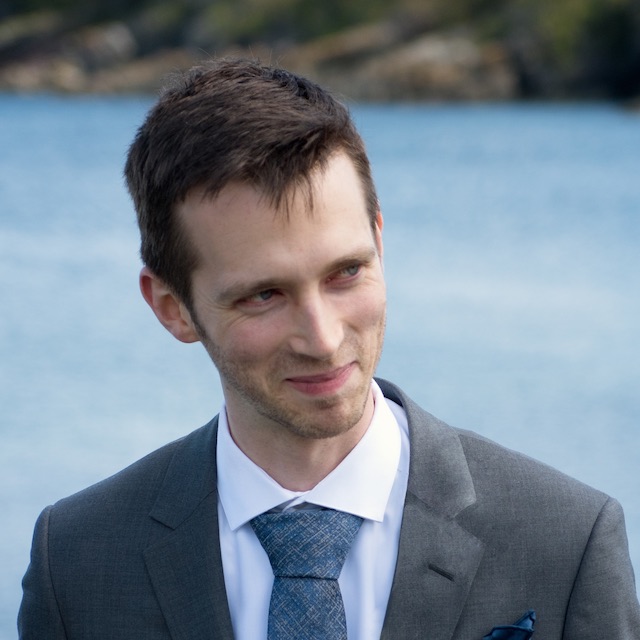For the sake of illustration, I will highlight a possible combination of social and policy labs, transformative scenario planning, deliberative polling, civic tech, and creativity techniques that together increase impact, convergence between stakeholders, and public acceptance of outcomes.
Imagine that, as a government official, you are required to define the policy and regulatory reforms required to address an issue with system-wide implications, complex ethical dilemmas, and long-term impacts (all characteristics that our current governance mechanisms struggle with). This challenge could be the transformation of healthcare through the digital and genomics revolutions, the repercussions on our economies and societies of autonomous vehicles, or the impact on jobs of artificial intelligence. We would recommend that someone in this position follow this sequence of actions:
You partner with other government departments to design a process, ensure their buy-in, and secure initial funding.
You then bring together 30-40 key players from industry, civil society, academia, and public administration with relevant expertise, the ability to act, and diverging viewpoints. You may want to leverage this diversity of perspectives to enroll additional funding. You ask this group to agree on the three or four likely scenarios for your issue for the medium term, that is, where it will be in 10-20 years, depending on the investment and regulatory choices that could be made today. They will not agree on what scenario they would like to see emerge, but they’ll concur that these three or four scenarios are highly plausible if certain decisions are made. Reos Partners has pioneered this approach with policy labs and Transformative Scenario Planning (TSP).
You then bring together a representative group of citizens to examine the 3-4 possible scenarios. Using the deliberative polling methodology, you survey the participants for their “top-of-the-head” opinion on the topic before bringing them together to thoroughly examine the different scenarios. In the process, you elicit what scenario they favor, taking into account the options, trade-offs, and ethical dilemmas.
You may then want to leverage the diversity of views present to conduct ideation sessions for possible new policy/regulatory approaches to overcome some of the trade-offs the group identified.
At this point, you have convergence among the relevant stakeholders around the potential options, a rich set of data from citizens showing the direction of their preference, and practical ideas for implementing the vision that’s emerging. In this way, the approach provides a rich and practical template for more creative, effective, efficient, and timely policy-making.
Throughout the process, you can involve a wider set of players and citizens online, integrating their input with in-person discussions. Such an approach thus combines the breadth of perspectives that a variety of citizens and stakeholders bring (you can use deliberative polling and civic tech tools here), while allowing for the depth of expertise needed to ground the process in an informed consideration of options and trade-offs (TSP and Policy Labs are useful at this point). Importantly, you involve key people to make things happen with more people in order to enrich the vision of possible futures and legitimacy of the choices made to implement this vision.
— http://reospartners.com/augmented-democracy/
